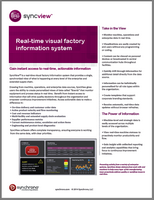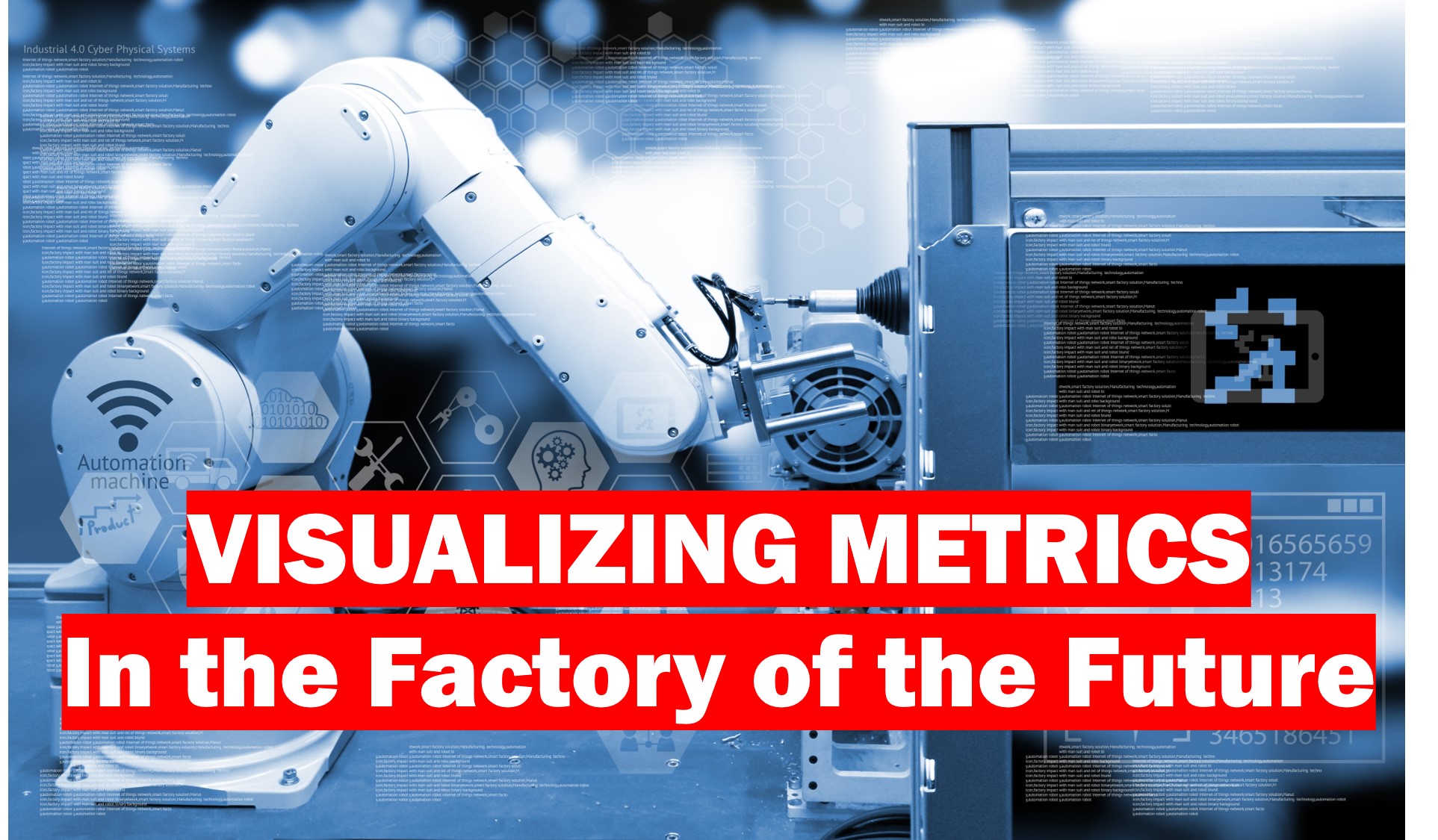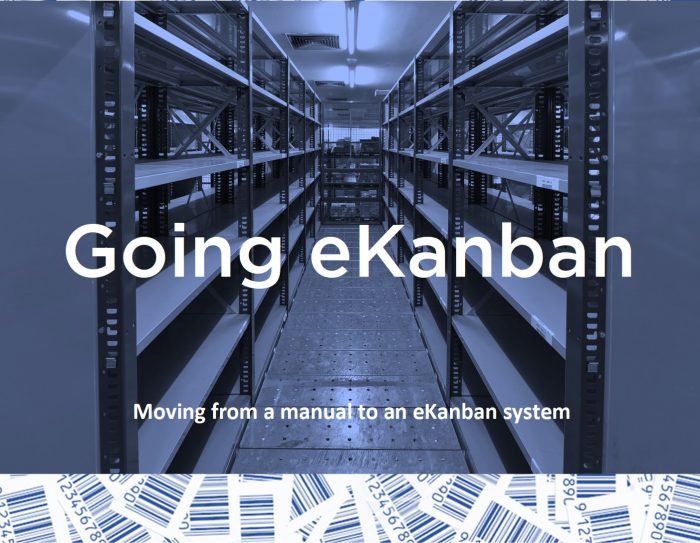Blog
-

Product Information Sheet: SyncView® Software
Product Information Sheet: SyncView® Software Real-time, self-service manufacturing visualization and communication system SyncView® is a real-time, self-service manufacturing visualization system that gives everyone the ability to monitor equipment and process status as it happens – from wherever they are. SyncView® software connects to any data source to visualize data the way you want to see it, giving…
-

Brochure: SyncKanban® eKanban Software
eKanban Pull-Based Inventory Replenishment Software for Supply Chain Execution and Collaboration SyncKanban® eKanban software synchronizes demand and inventory by monitoring consumption and replenishment across every facet of the manufacturing cycle in real-time. Simple to use, yet sophisticated enough to handle highly complex manufacturing environments, SyncKanban® helps right-size your inventory for bottom-line results.
-

Video: Visualizing Metrics in the Factory of the Future
Video: Visualizing Metrics in the Factory of the Future
-

Thought Leadership: Going eKanban
Thought Leadership: Going eKanban This article provides insight for manufacturers currently using a manual Kanban process (physical cards) or homegrown Kanban software for replenishment that they have outgrown. This paper will answer: When is the right time to move to an automated eKanban software system? Steps for a successful eKanban rollout. Typical eKanban results
-

Thought Leadership: Get Lean on Scrap
Every year, manufacturers lose profits when they scrap materials and finished goods because of damage or obsolescence. In fact, the cost of scrap is far more than the cost of the material itself. Hiding behind every dollar of scrapped inventory are several more dollars lost in storage, productivity, customer satisfaction and potential revenues. This paper…
-

Video: SyncKanban® Manufacturing eKanban Software
Video: SyncKanban® Manufacturing eKanban Software https://www.synchrono.com/wp-content/uploads/2013/03/Kanban20Manufacturing20Software.mp4
